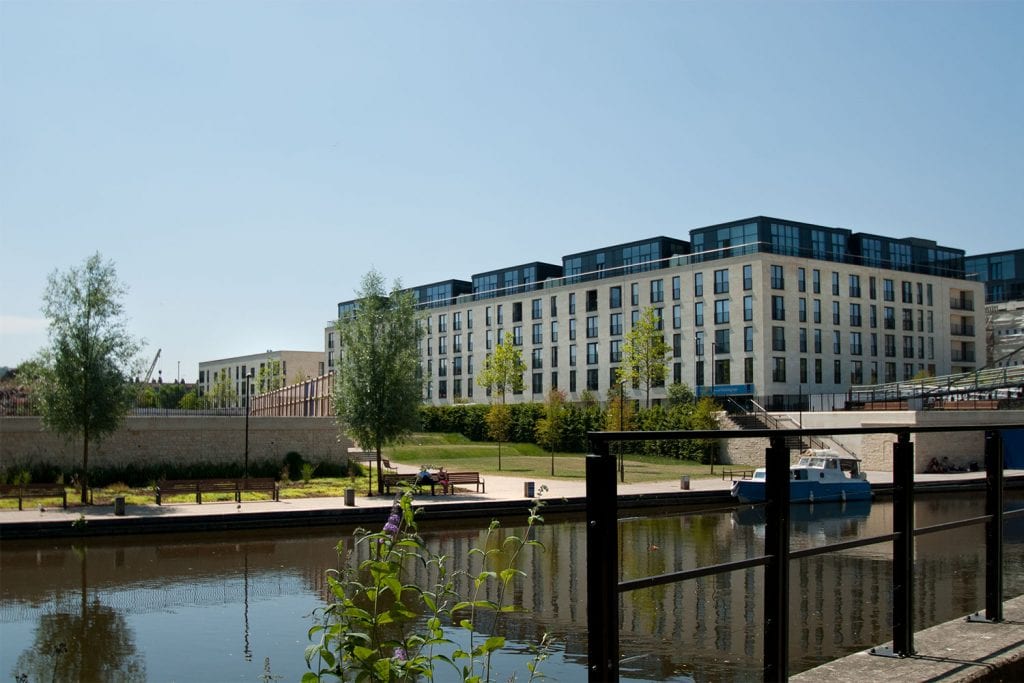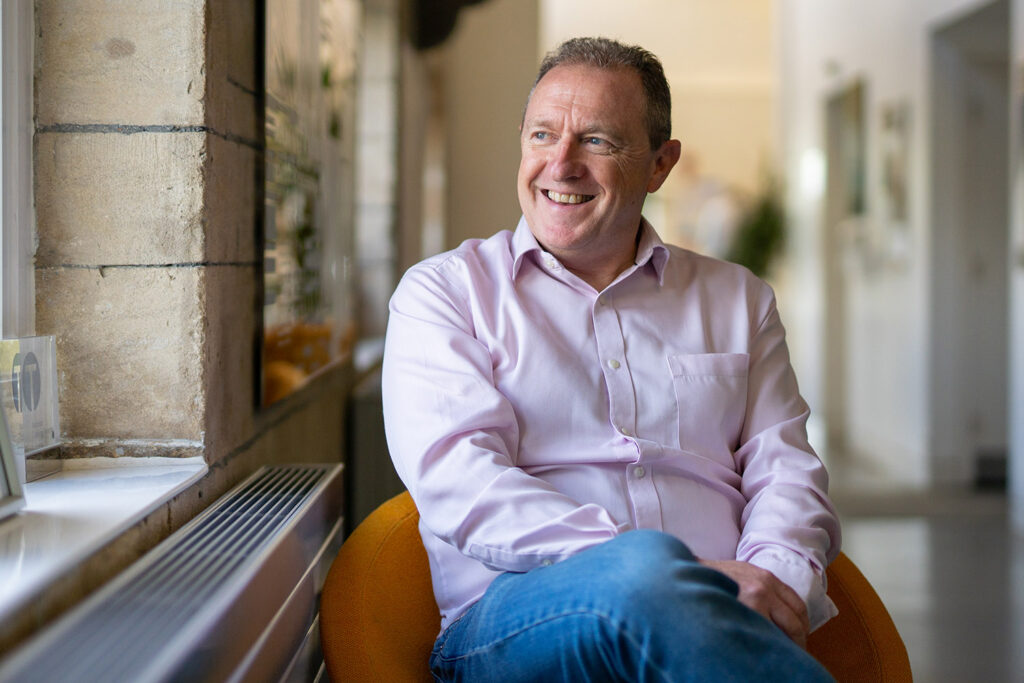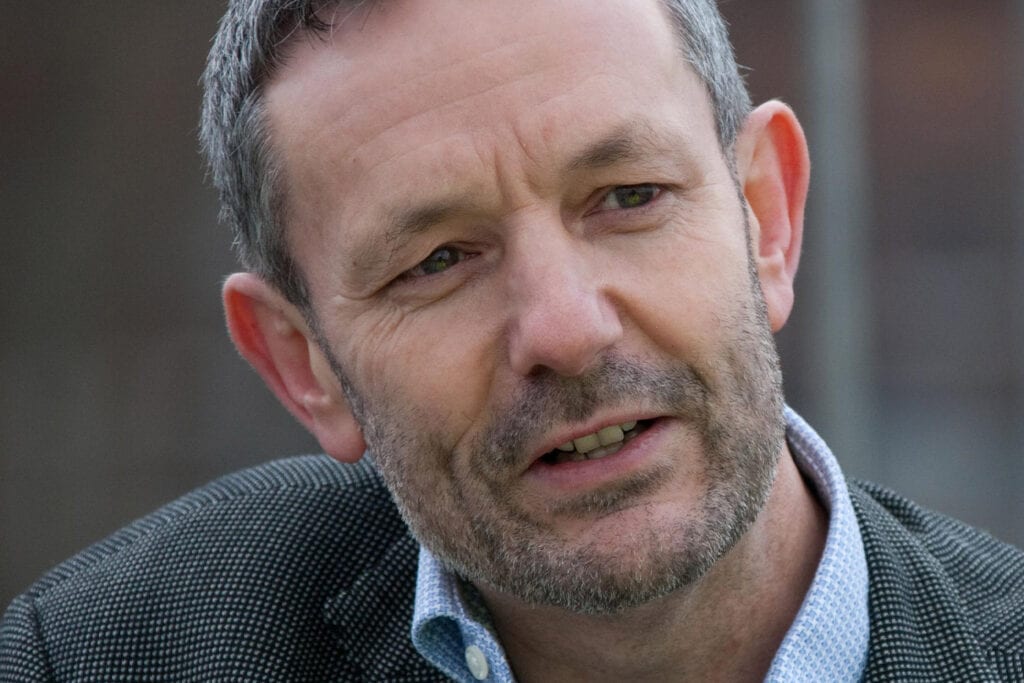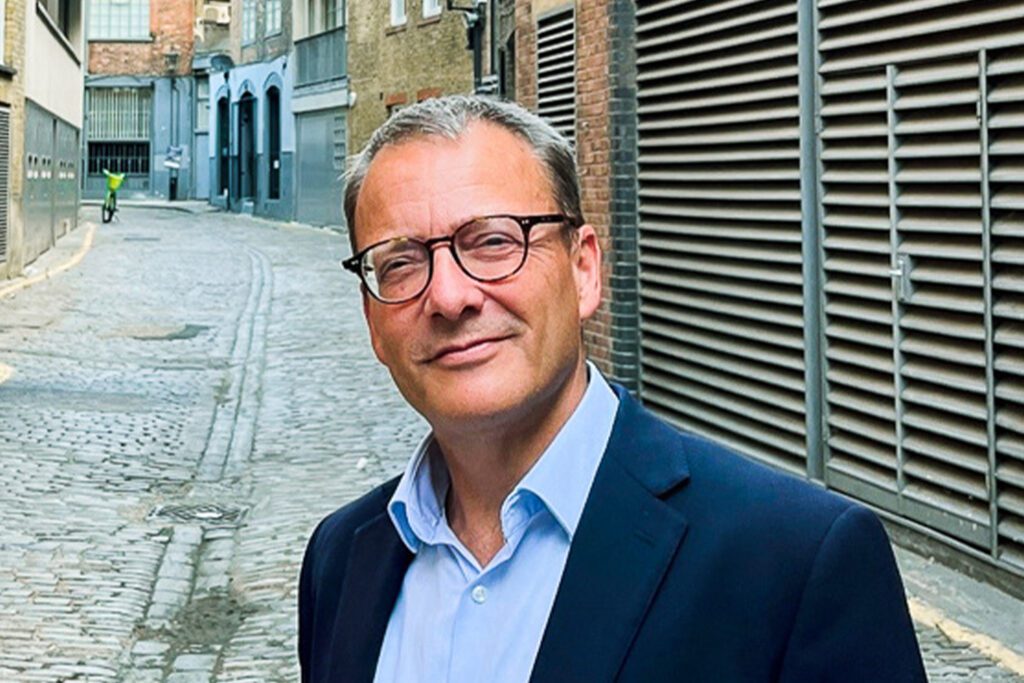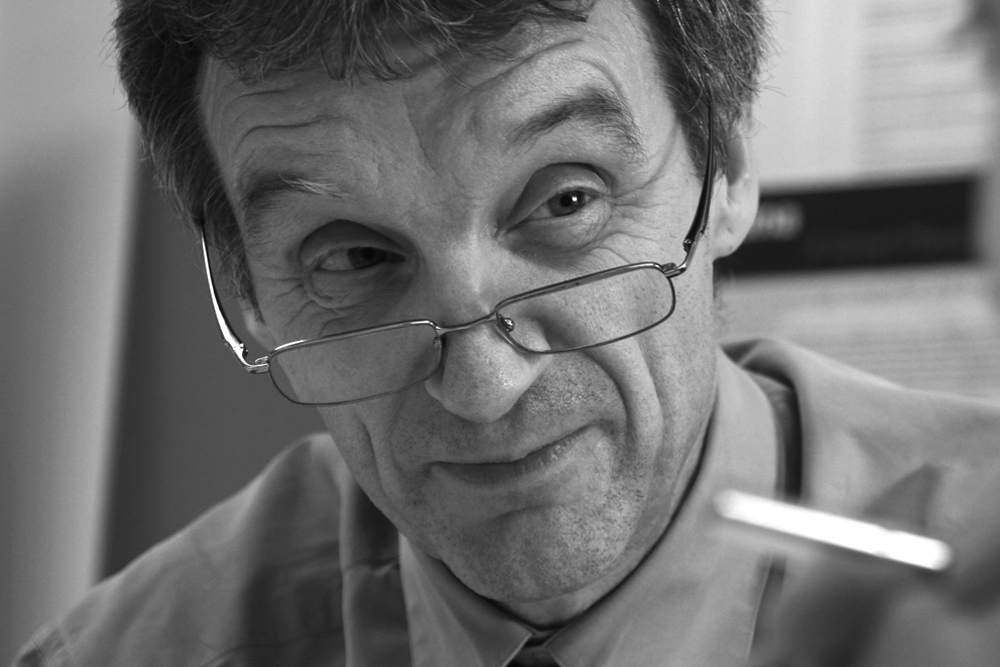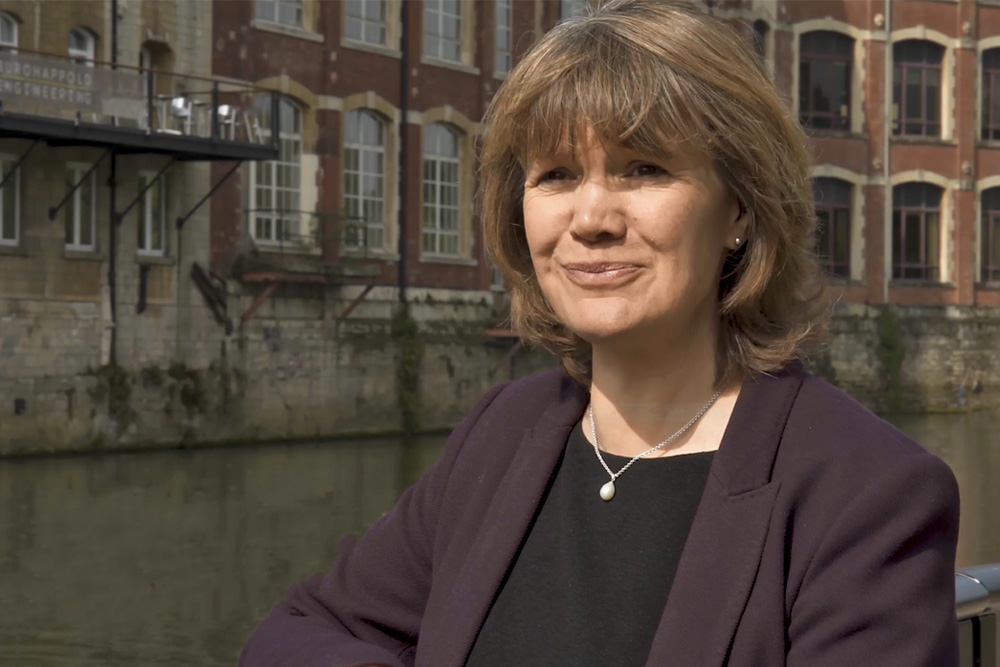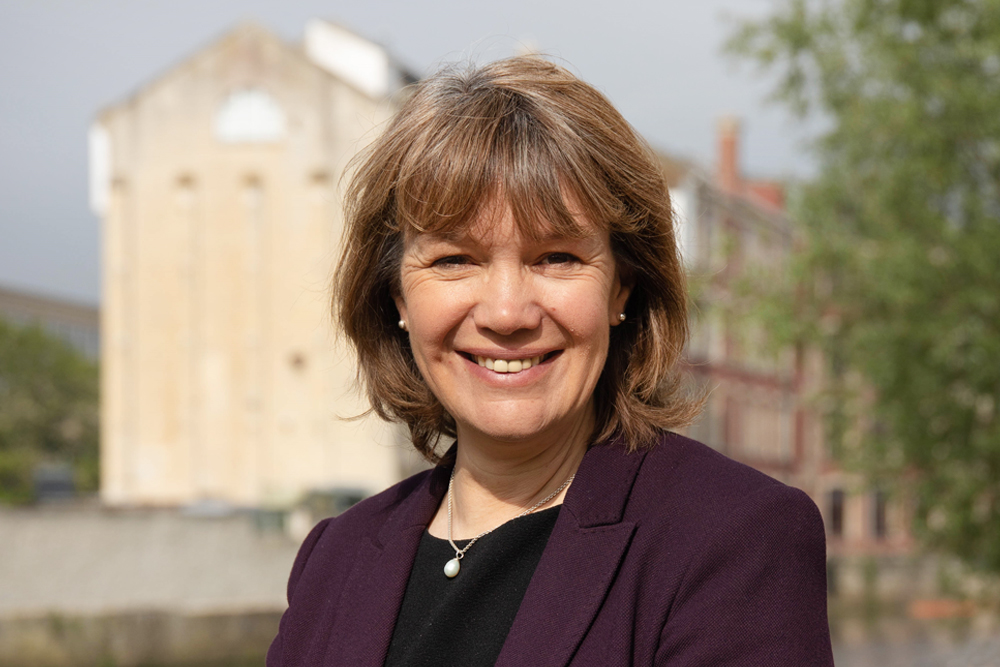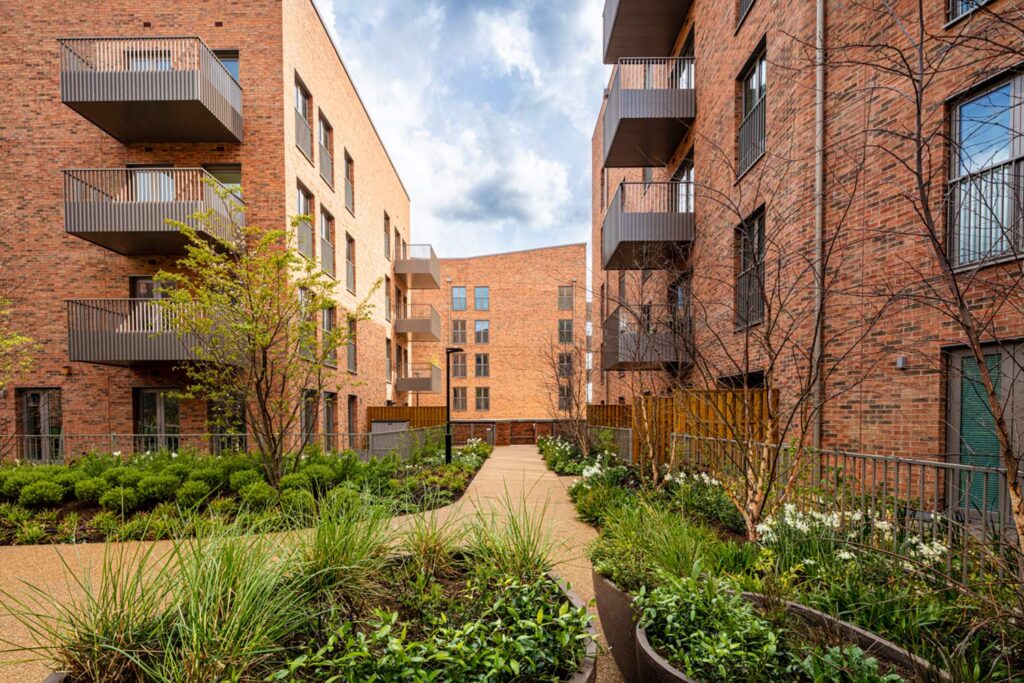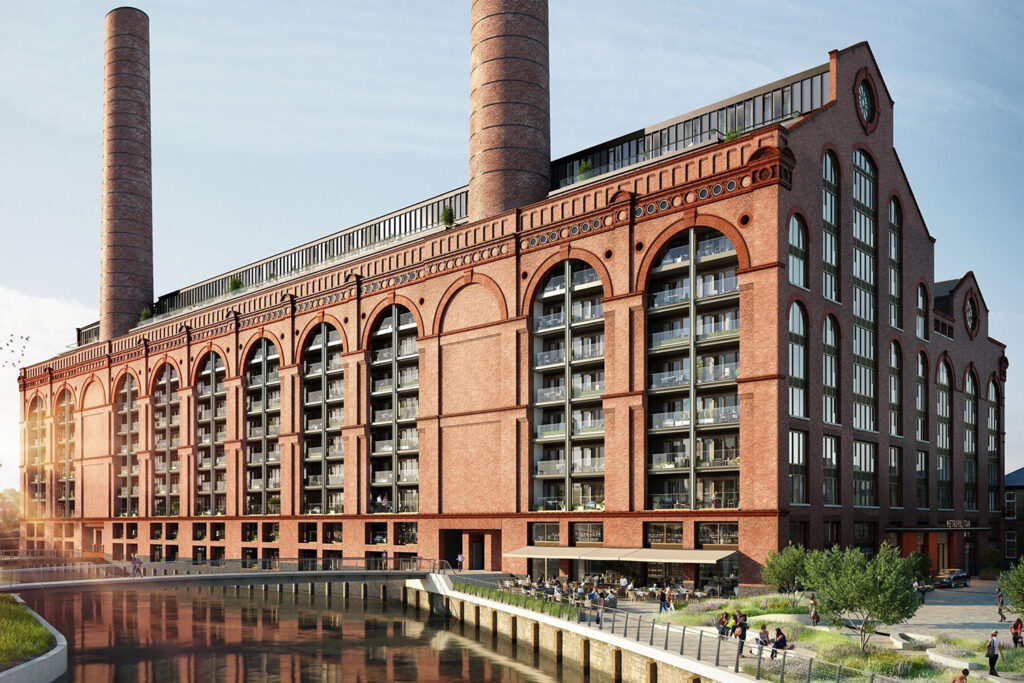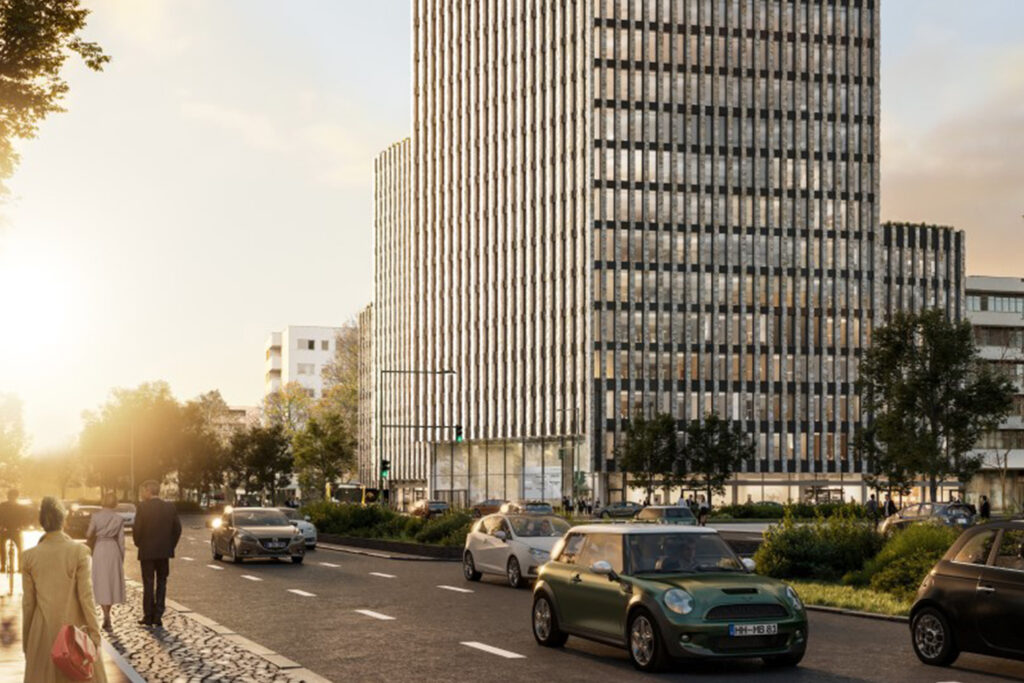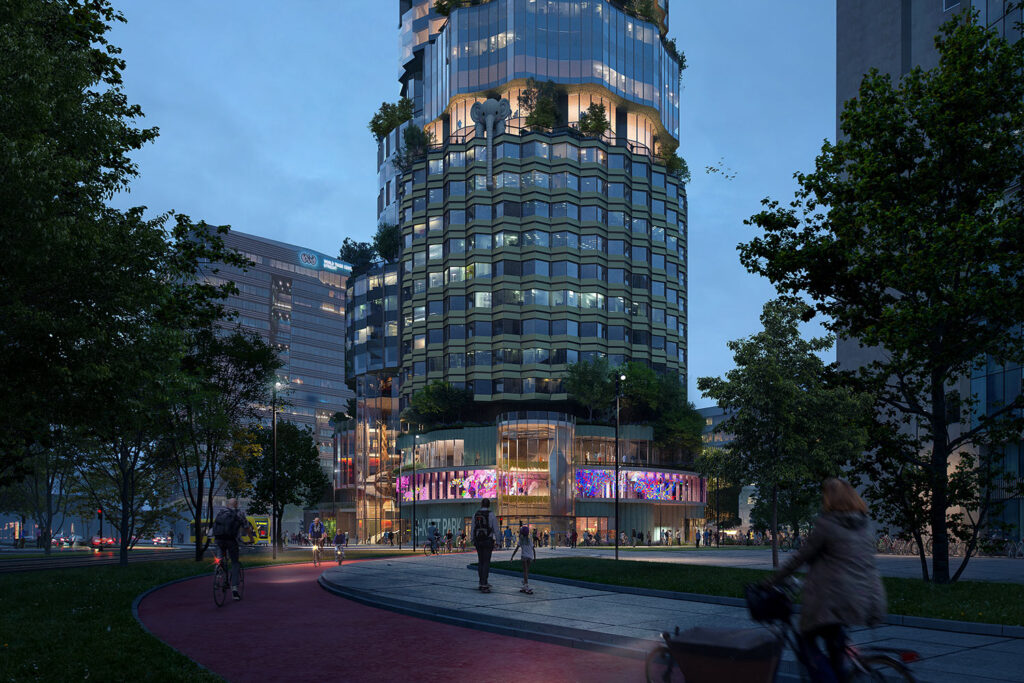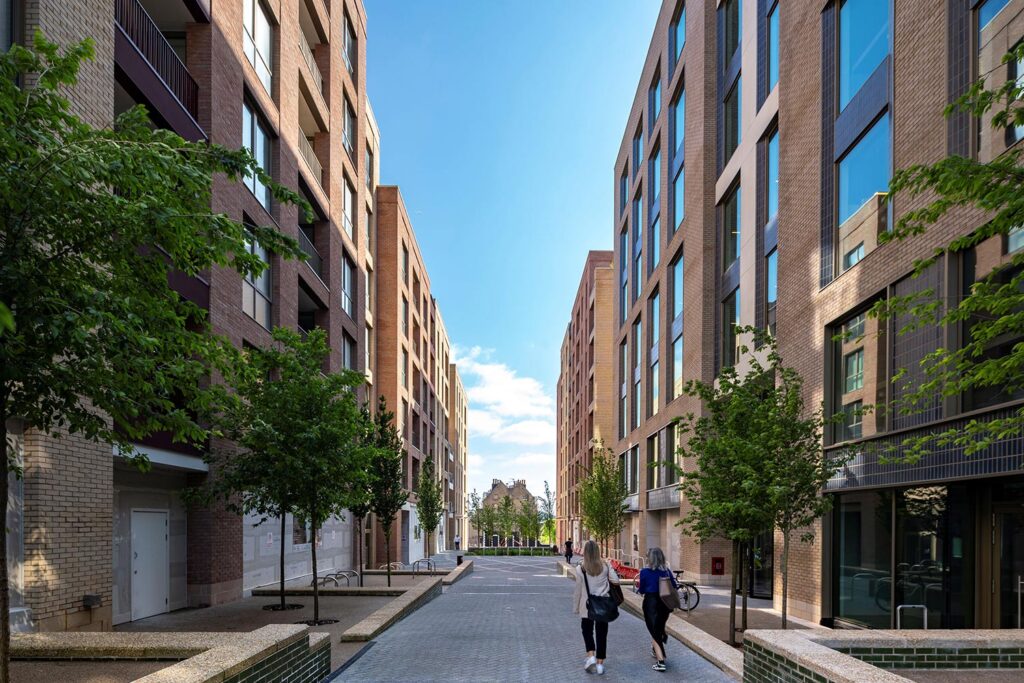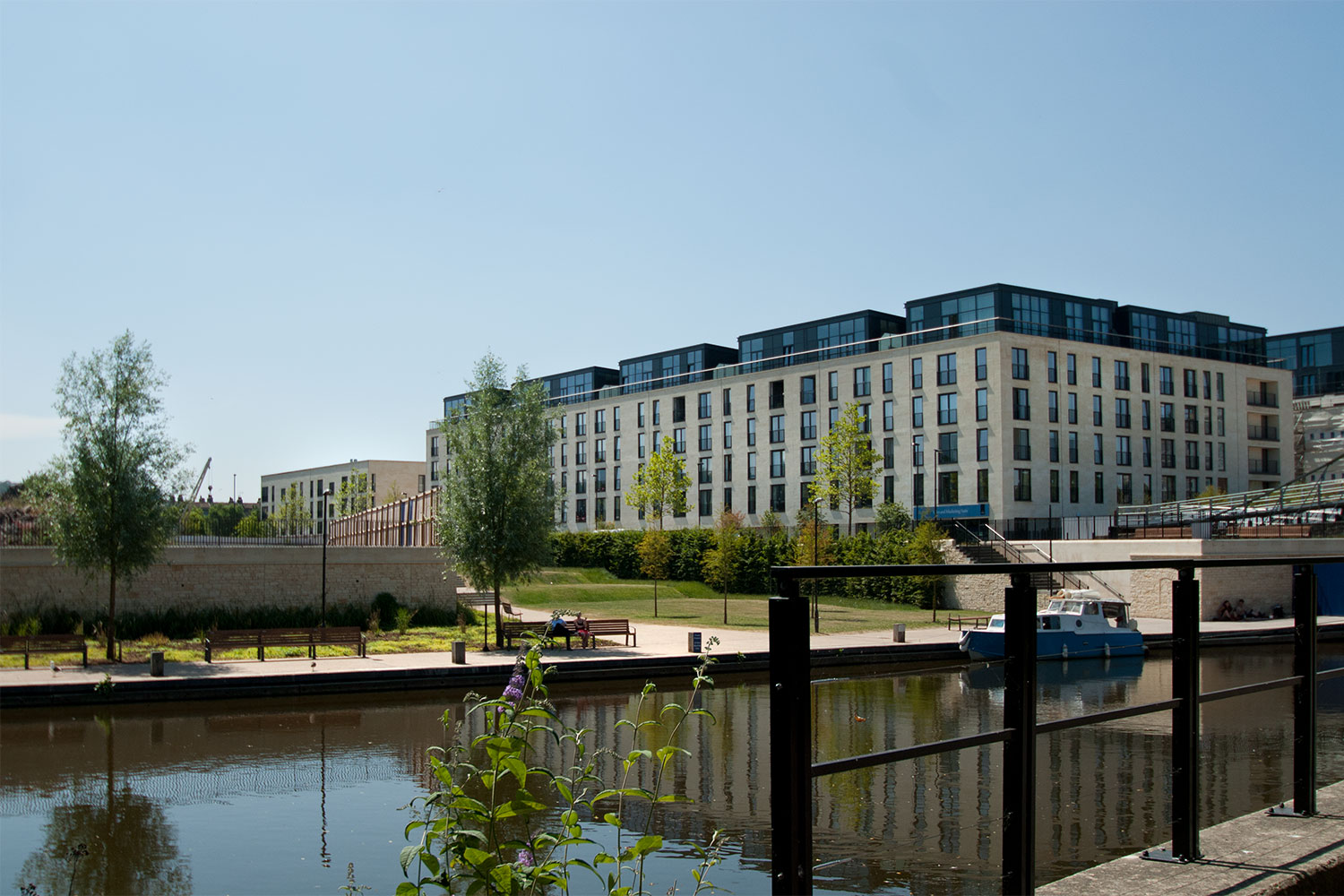
Riverside regeneration
Bath Western Riverside Redevelopment
Bath, UK
Project details
Client
Crest Nicholson Regeneration
Architect
Feilden Clegg Bradley Studios (masterplan) Holder Mathias Architects, Alison Brooks Architects, Scott Brownrigg, Studio Egret West (buildings)
Duration
April 2010 – ongoing
Services provided by Buro Happold
Acoustics, Asset Consultancy, Environmental consultancy, Ground engineering, Infrastructure, Structural engineering, Water
As one of the largest brownfield regeneration projects in the South West, Bath Riverside comprises approximately 70 acres of land west of the city centre adjoining the river Avon.
Our client’s vision is to transform this derelict industrial land into a site with residential, commercial and leisure facilities that will encourage new business investment and support the needs of the local community.
Challenge
Buro Happold was appointed by Crest Nicholson to provide a broad range of services to unlock the potential of this development. Outline planning permission was granted for 2,200 homes, and detailed permission for 357. This is now one of B&NES Council’s core residential developments, and the site of a new riverside park. Our team was challenged to devise a heating system that would meet the criteria necessary to achieve an ‘Excellent’ Eco Homes rating.
Our team was also tasked with reviewing the water requirements and flood risks for the site, as well as analysing ground conditions on the former industrial site.
Our response to the client’s brief was to develop a sustainable solution that combines biomass boilers with a CHP system.
Hugh Mallett, Technical Director

Solution
Our response to the client’s brief was to develop a sustainable solution that combines biomass boilers with a CHP system. This design is so efficient that it will not only meet the heating and electricity demands of the complex, but will also generate an additional 10% of renewable energy on site that can be exported back to the grid.
As well as establishing this scheme in accordance with the required technical parameters, we developed economic models alongside which will assist the client in optimising the energy mix used across the redevelopment, and support the procurement of an appropriate Energy Services Company (ESCo).
A thorough investigation of the ground gas and water systems of the former industrial site identified contamination hotspots, which were a potential risk to people, controlled waters and the environment. Our recommended works were subsequently signed off by the Environmental Agency (EA), leading to the remediation of one of the tar tanks found on the site. We identified and treated contaminated soil in a segregated soil ‘hospital’. In addition to this, concrete was crushed, graded and re-used, resulting in minimal waste to landfill and a reduction in the need for new materials.
The proposed development faced a fee of over £4 million just for the reinforcement of the local water infrastructure. Our utilities team challenged assumptions regarding the site’s water requirements and also proposed how the phasing of the project could dovetail with the water company’s existing infrastructure development plans. After examining the schedule of planned increases, the utility company agreed to reduce the upfront infrastructure costs to just £100k and monitor demand as the scheme progressed.
Legislation requirements for flood compensation also threatened to have a serious impact. Working closely with the EA and our client, Buro Happold’s water team developed a solution to lower the 3-4 metre retaining wall separating the site from the river, creating a bowl that can flood. This has allowed other areas of the site to be raised out of the flood zone, creating a new riverside park with direct access to the water.
Our design team is also conducting the environmental impact assessment for flooding and hydrology, undertaking the design of sustainable drainage systems that allow for attenuation of storm water, and providing highways and transport consultancy to ensure that the traffic regime of neighbouring roads is not adversely affected by the new development.
Alan Harbinson, Managing Director

Value
A substantial, integrated team are involved in this project, and we are all delighted to be contributing so positively to the economic and social prosperity of Buro Happold’s home city.
